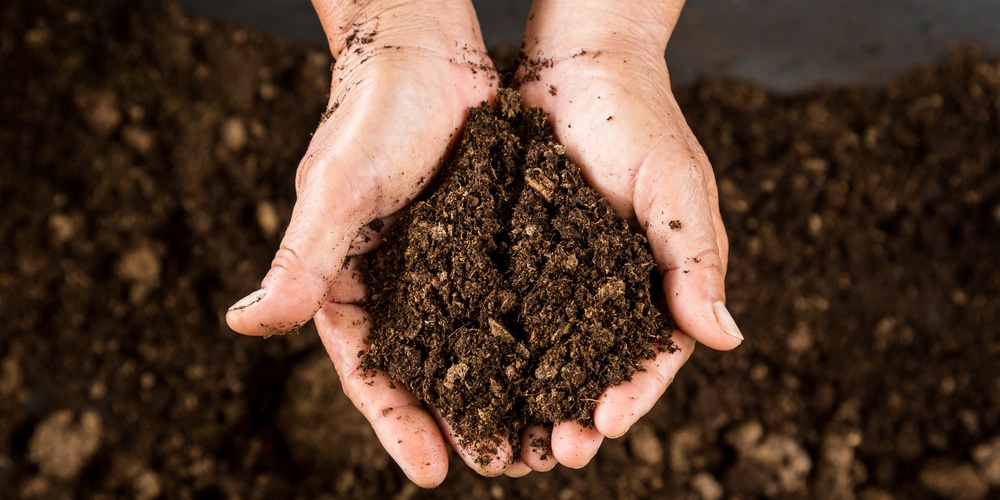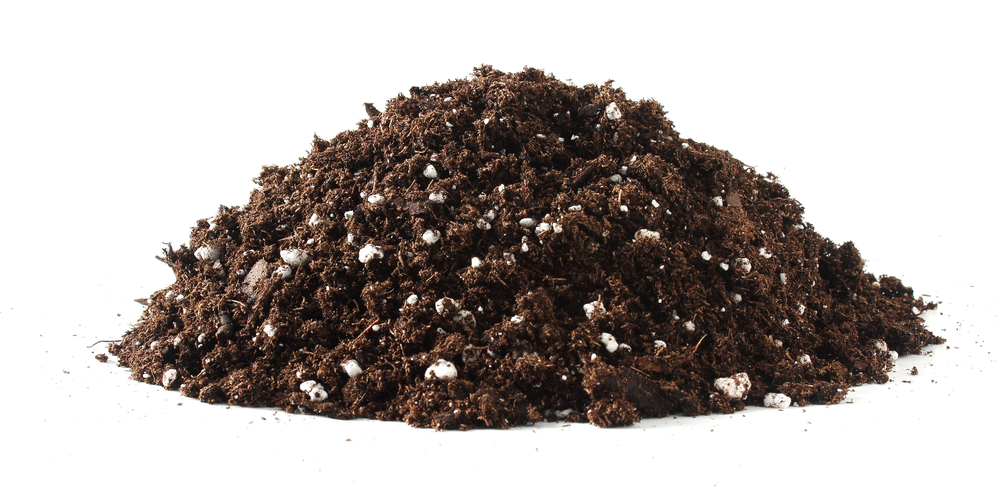You might have seen different brands selling bags of Premium Sphagnum at varying prices. And in some cases, the price gap is astonishing.
So, most people associate a higher peat moss cost with quality and better results. But what they thought to be the truth could reveal to be a marketing trick and nothing more.
Is peat moss expensive? Expensive peat moss can cost you more than 40 cents a pound. On the other hand, a cheaper but high-quality peat moss usually costs around 30 cents a pound.
The more affordable product might be lighter and have more sticks inside the bag that you may have to screen out. But in terms of price-value, the latter is the only disadvantage.
How Much Does Peat Moss Cost, Really?
When discussing the price-value ratio, quality is the chief factor. Quality depends on the peatland the peat moss comes out of more than who packages the bag. And most manufacturers harvest the raw material in Canada and New Zealand. In detail, they simply dry and compress it before selling it.
You might think there is more to the harvesting and packaging process. Or consider the weight to be a decisive factor. But here are three more factors to consider:
- Moisture content. In most cases, expensive peat moss feels slightly damper than economic alternatives. Peat moss weighs less when it is dry than when it is moist. So, the water content can play a significant part in the final weight product.
- The screening process. Premium products crumble nicely and have almost no wood chips and sticks. Of course, sifting the product cannot impact the peat moss cost to the point that it doubles the price. Also, taking out any unwanted woody material by hand from cheaper options does not take long.
- Unsustainable practices. Harvesters drain the bogs so they can collect the bottom sphagnum peat moss. On average, peat takes between 15 and 25 years to regenerate 1 inch in its natural habitat after harvesting. This means the slow regeneration process forces companies to move from one bog to the next. Well, one-quarter of the world’s supply of peat moss is in Canada. So, Canadian companies do not have to move that much.
Today, the typical economic peat moss cost per cubic foot is $5.33. Back in 2012, it cost $2.66. And even if we do not consider the sudden jump in prices because of the war in Ukraine after the recent pandemic, the price trend is clear.
Is The Peat Moss Price Rising Or Falling?
The price of sphagnum peat moss has been steadily increasing in the last decade. Why? Because peat moss is a non-renewable resource.
Its natural formation process takes too many years to be considered sustainable. On top of that, harvesting it from the environment destroys numerous natural habitats. This cycle only leads to more ecological disasters that drive the commodity prices even higher, impacting the peat moss cost.
Sustainable cultivation is the focus of several research activities. But in the meantime, its price is bound to rise over time. For clarity, some factors can lead to price fluctuation and even reduction in the near future. But the price can only go up in the current market.
Other Factors That Affect Pricing Decisions
Here are some factors that might lead to significant prices changes in the long term:
- Climate change. In brief, bogs and sphagnum moss are natural carbon sinks. They sequester carbon, preventing its release into the atmosphere. When you drain enough bogs to harvest peat moss, the climate becomes pretty unstable. And gardeners in the UK already experienced such a problem after their coastal blanket bogs disappeared.
- Domestic demand. Consumption and imports for consumption have been increasing in the last five years. More importantly, demand has been even higher in the pandemic years 2020-2021. Domestic production has also slightly improved. But that did not stop the imports of such a sought-after plant-growing medium.
- Eco-friendly alternatives. The national indoor plant market relies on 66% of American households for its profits. And most plant parents believe that peat moss is outdated and non-eco-friendly. So, most houseplant enthusiasts are turning to alternatives like coco coir, which has similar qualities and acidifies the soil like peat moss does.
- Production costs. Mining peat is not cheap if you consider new wetland policies and concerns. So, some companies see no economic benefit coming from harvesting peat.
Related Article: Peat Moss Over Grass Seed

